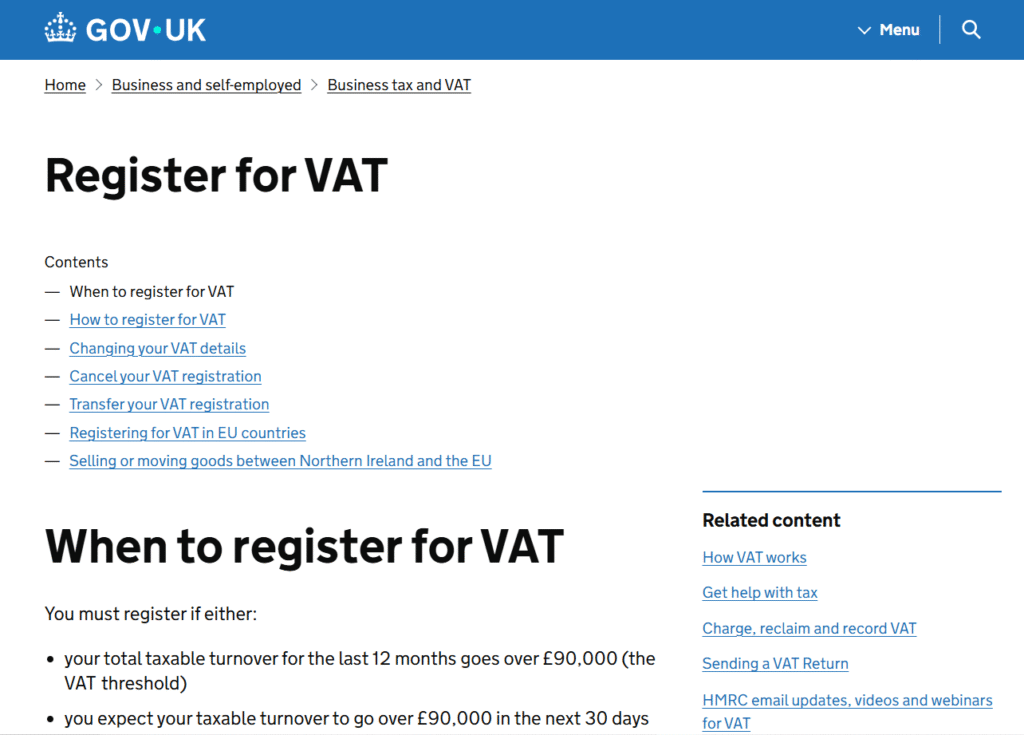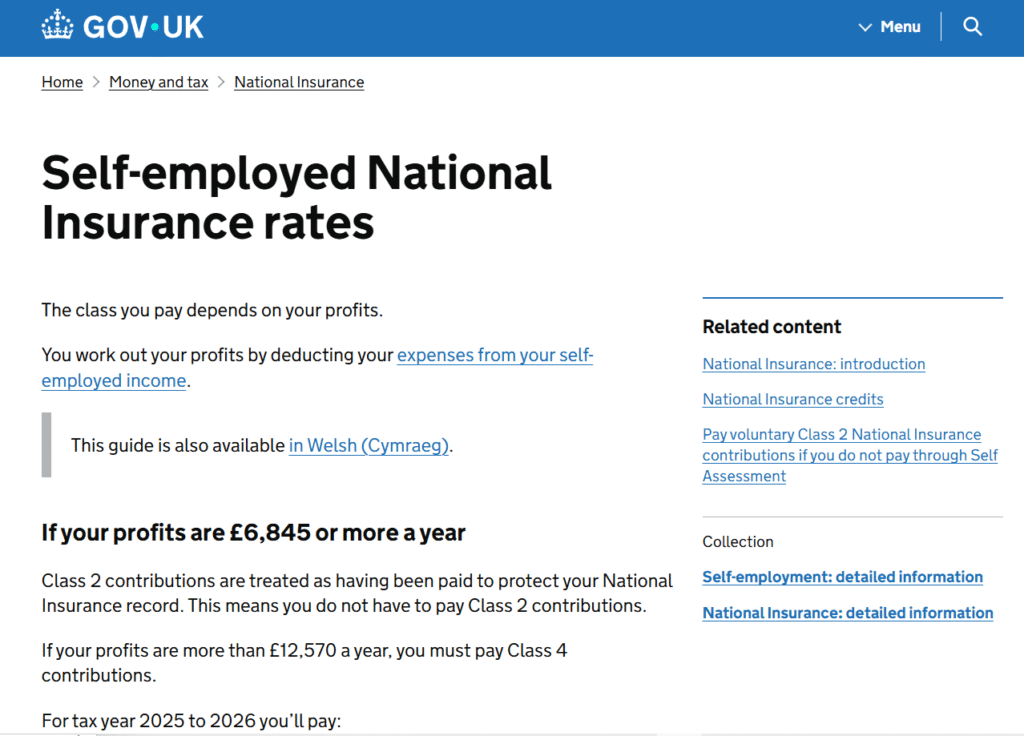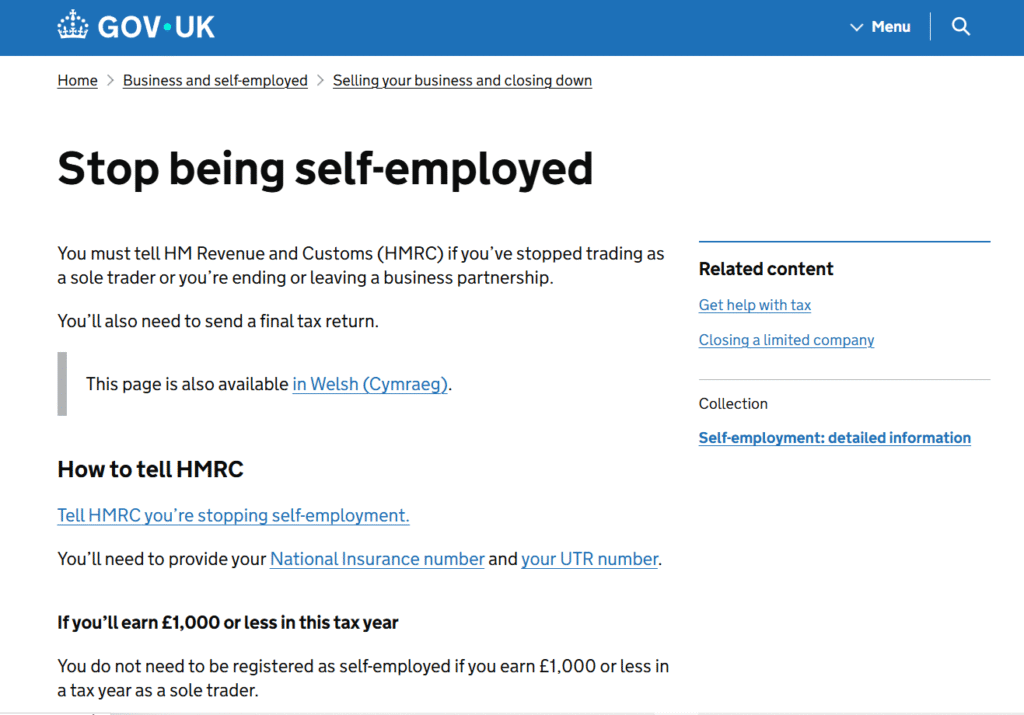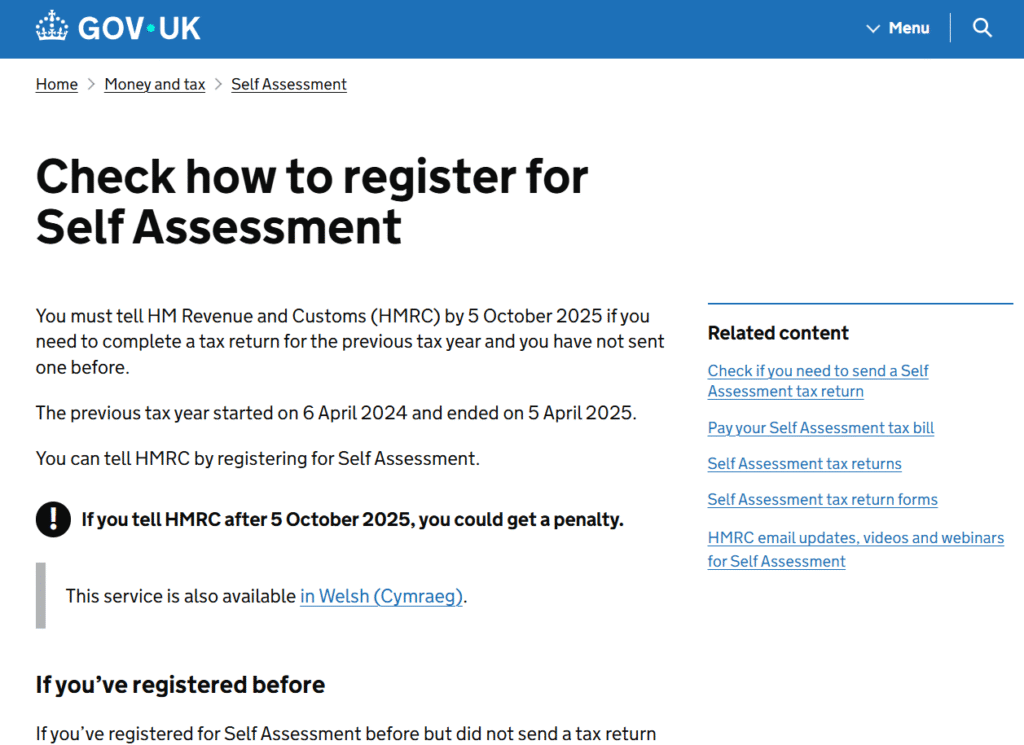CWF1 Form – Complete Guide to Registering as Self-Employed with HMRC
Start Your Self-Employed Journey the Right Way
If you’ve just started working for yourself — whether as a freelancer, sole trader, or small business owner — one of the first steps you need to take is to register with HMRC for Self Assessment and National Insurance.
You do this using the CWF1 form.
Many people don’t realise how important this form is. Submitting it correctly ensures you’re registered for UK tax, can file returns on time, and avoid late registration penalties.
This comprehensive guide from Audit Consulting Group explains everything you need to know about the CWF1 form — what it is, who needs to file it, how to complete it, and what happens next.
What Is the CWF1 Form?
The CWF1 form is the official HMRC form used to register as self-employed in the UK.
It notifies HMRC that you have started working for yourself and that you need to file a Self Assessment tax return (SA100) each year.
When you register, HMRC also creates a record for your Class 2 National Insurance contributions, which count towards your state pension and certain benefits.
Filing the CWF1 form is essential if you:
-
Work for yourself as a sole trader or freelancer
-
Run a small business under your own name
-
Earn money outside PAYE (employment system)
Who Needs to Complete the CWF1 Form?
You must submit a CWF1 form if:
-
You started working for yourself (freelancing, trading, consulting, etc.)
-
You receive income not taxed at source — for example, clients pay you directly.
-
You sell goods or services independently.
-
You earn more than £1,000 from self-employment in a tax year.
This £1,000 threshold is the HMRC “trading allowance.”
If your total self-employed income is below that amount, you don’t need to register (but you still can voluntarily).
Why Register with HMRC
Registering ensures:
-
You stay compliant with UK tax law.
-
You can file your annual Self Assessment tax return.
-
You avoid fines for late registration.
-
You’re set up to pay the correct Income Tax and National Insurance.
Failing to register can result in penalties, and HMRC may estimate your income if you don’t provide accurate information.
When to Register
You must register by 5 October in your business’s second tax year.
Example:
If you started trading in July 2024, you must register by 5 October 2025.
Missing this deadline can lead to penalties or delays in setting up your tax records.
How to Complete the CWF1 Form – Step by Step
Step 1: Gather Your Information
Before you start, prepare:
-
National Insurance number
-
Full name, address, and date of birth
-
Start date of your self-employment
-
Business name (if any) and description of your work
-
Contact details
-
UK bank account details (if available)
You’ll also need to decide how you want to keep your records — manually or using accounting software.
Step 2: Access the Form
You can register online or by paper form:
-
Online registration (recommended):
https://www.gov.uk/register-for-self-assessment/self-employed -
Paper form (CWF1): Can be downloaded, printed, and posted to HMRC if you can’t register online.
Most people now register online because it’s faster and automatically creates your HMRC account.
Step 3: Provide Personal and Business Details
Fill in your personal information first (name, NI number, address).
Then provide details about your business:
-
Type of work (e.g. designer, consultant, builder, online seller)
-
Business start date
-
Trading name (if you use one)
-
Business address (can be your home address)
Step 4: Confirm Income and Tax Details
You’ll need to declare:
-
Whether you expect to earn more than the trading allowance (£1,000)
-
If you have other income (employment, pensions, etc.)
-
Whether you also need to register for VAT or PAYE (if hiring employees)
If you expect your annual turnover to exceed the VAT threshold (£90,000 as of 2025), you must also register for VAT:
https://www.gov.uk/vat-registration
Step 5: Submit the Form
If you register online, you’ll receive immediate confirmation.
If you post the paper form, HMRC typically processes it within 2–4 weeks.
Once processed, you’ll receive:
-
Your Unique Taxpayer Reference (UTR) — used for Self Assessment
-
Confirmation of your Class 2 National Insurance record
-
Instructions on how to set up your online tax account
After Submitting the CWF1 Form
Once HMRC processes your registration, you’re officially recognised as self-employed.
You’ll need to:
-
Keep detailed income and expense records
-
File a Self Assessment tax return each year (deadline: 31 January)
-
Pay any Income Tax and National Insurance due
For most people, this includes:
-
Income Tax on profits
-
Class 2 National Insurance (£3.45 per week for 2024/25)
-
Class 4 National Insurance (9% on profits over £12,570)
Official HMRC guidance on rates:
https://www.gov.uk/self-employed-national-insurance-rates
How to Know If You’ve Registered Successfully
You’ll know your registration is complete when you receive:
-
Your 10-digit UTR number (by post)
-
Access to your HMRC online account
-
A confirmation letter showing your National Insurance record updated
Keep your UTR safe — you’ll need it for every tax return submission.
If You Have Other Income (PAYE, Dividends, or Rental)
You can still register as self-employed even if you:
-
Work part-time and are also employed (PAYE)
-
Receive dividends from a company
-
Earn rental income
-
Have pensions or benefits
HMRC will combine all your income in your annual Self Assessment return to calculate total tax due.
What If You Miss the Deadline
If you don’t register by 5 October, HMRC can:
-
Charge a late registration penalty
-
Estimate your income and issue a tax demand
-
Delay your access to online filing
If this happens, it’s best to register immediately and include an explanation.
Audit Consulting Group can help appeal penalties where reasonable cause exists.
If You Stop Being Self-Employed
If you stop trading, you must inform HMRC as soon as possible.
You’ll still need to file a final Self Assessment return for the period up to when you stopped.
Official link:
https://www.gov.uk/stop-being-self-employed
Why the CWF1 Form Matters
Submitting this form:
-
Officially notifies HMRC of your self-employment
-
Prevents unnecessary fines or estimated bills
-
Sets up your record for National Insurance
-
Allows you to access tax reliefs and benefits (like Maternity Allowance)
Without registration, HMRC may not recognise your business income — which can cause problems later if you apply for loans, benefits, or mortgages.
Common Mistakes When Registering
-
Waiting too long to register after starting work
-
Entering the wrong business start date
-
Forgetting to include other income sources
-
Not keeping income and expense records
-
Using an incorrect trading name or address
-
Confusing “freelance” with “limited company” registration
We see many people make these errors each year — most are avoidable with good guidance.
How Audit Consulting Group Can Help
Registering as self-employed is simple — but getting everything right from the start saves you time, money, and stress later.
Our UK tax specialists can help you:
-
Complete your CWF1 registration correctly
-
Set up your HMRC online account
-
Explain your tax and NI obligations clearly
-
Prepare your first Self Assessment return
-
Handle backdated registration or penalty appeals
We help freelancers, tradespeople, and consultants across the UK get registered properly and stay compliant with HMRC.
Case Studies
Case 1 – New Freelancer
Client: Rebecca L., Graphic Designer
Issue: Started freelancing in June 2024 and didn’t know she needed to register.
Solution: We submitted her CWF1, backdated registration, and helped her avoid a late filing penalty.
Case 2 – Part-Time Consultant
Client: Adam K., IT Specialist
Issue: Working part-time as an employee and part-time self-employed.
Solution: We registered him through CWF1, linked both income streams for Self Assessment, and ensured correct NI contributions.
Case 3 – Online Seller
Client: Charlotte P., Etsy Shop Owner
Issue: Started selling crafts online without realising income was taxable.
Solution: We registered her with HMRC, set up record-keeping software, and prepared her first return.
Case 4 – Late Registration
Client: J. Ahmed, Private Tutor
Issue: Missed the October registration deadline.
Solution: We filed CWF1 with a “reasonable excuse” letter. HMRC accepted the explanation and waived the penalty.
Frequently Asked Questions (FAQ)
Q1: What does CWF1 stand for?
It stands for “Commencement of Self-Employment.” It’s HMRC’s registration form for sole traders.
Q2: Can I register online instead of sending a paper form?
Yes. Most people use HMRC’s online registration portal for faster processing.
Q3: How long does it take to receive my UTR?
Usually 2–4 weeks by post after registration.
Q4: Do I need to register if I earn under £1,000?
No, but it’s recommended if you plan to expand or need proof of self-employment.
Q5: What if I already had a UTR from a previous job or business?
You still need to update HMRC via CWF1 to inform them of your new self-employment.
Q6: Can I register for VAT at the same time?
Yes. You can register separately for VAT once your turnover approaches £90,000.
Q7: What if I make a mistake on the form?
You can contact HMRC to correct it or resubmit the form.
Q8: Can I claim expenses right away?
Yes, from the date you started trading. Keep all receipts and records.
Tips for New Self-Employed Workers
-
Keep all receipts and invoices from day one.
-
Open a separate business bank account.
-
Use simple bookkeeping software (e.g. QuickBooks, FreeAgent, or Xero).
-
Save 20–30% of your income for tax and NI payments.
-
Learn your key deadlines (31 January for filing, 31 July for payments on account).
-
Keep track of mileage, home office costs, and business expenses.
Audit Consulting Group can provide templates and tools to simplify this process.
When to Get Professional Help
If you’re new to self-employment, unsure how to register, or have missed deadlines, professional help can make a big difference.
We’ll handle your CWF1 registration, explain your obligations clearly, and ensure your tax records are accurate from the start.
Our mission is to help you grow your business with confidence — while staying fully compliant with HMRC rules.
Start Your Self-Employment Registration Today
Getting registered is the first step in running your own business successfully.
Audit Consulting Group helps hundreds of new freelancers and sole traders each year set up properly, stay organised, and file on time.
We’ll handle your registration, UTR, and first Self Assessment so you can focus on your work — not paperwork.
Official link:
https://www.gov.uk/register-for-self-assessment/self-employed








